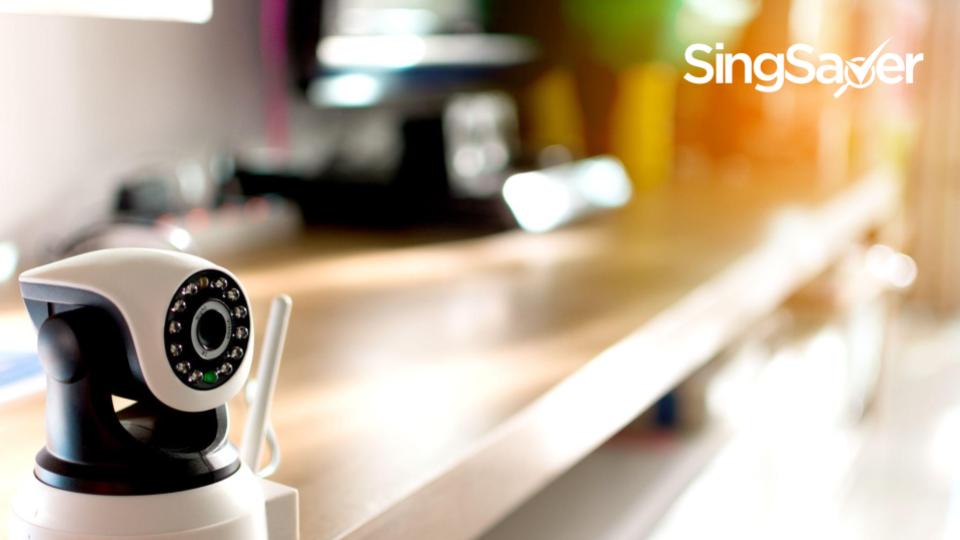How to Install CCTV
To install cctv, you must first drill a hole in the wall where you would like to place the camera.
Then, install screws in it and tighten them. Once the hole is drilled, wire the video camera using
the BNC and DC pin. BNC pins have two wires cctv camera, one for the CCTV and the other for power. The
CCTV wire connects to the positive BNC pin, while the DC pin is connected to the negative BNC
pin. You should use red and black wires to connect the camera to the power and video
transmission respectively.

Installation of cctv system
To install CCTV system, you need to have a method statement, which defines responsibilities,
procedures, and documentation ip camera singapore. A method statement ensures that specified material is installed
and approved procedures are followed during execution of work. The scope of the method
statement includes the installation of CCTV system, and it provides guidelines for ensuring that
the job is completed to the approved requirements and specifications. The installation checklist
should be carried out before commissioning the system to ensure that it meets all the
requirements.
A trained CCTV engineer plans and executes the installation process. He/she will install the
CCTV cameras, surveillance components, and related equipment, according to manufacturer
specifications and environmental considerations. The installation process requires the use of
appropriate tools and equipment, and the engineer must be skilled in the installation process. It’s
best to seek help from a professional, who has years of experience in CCTV installation. After
all, you don’t want to risk damaging the CCTV system.
Positioning of cctv cameras
During installation, you will have to consider several factors. First of all, more lighting in the area
will enhance the security of the property. However, placing the surveillance cameras too close to
bright lights will cause them to blur. You should also test the lighting on the areas where you
want to place the cameras. During installation, make sure to review the data at various times of
the day and night. In addition, it would be wise to install the cameras in different areas of the
property, depending on the season.
The most obvious areas to place CCTV cameras include the front and back doors, as well as
common areas such as entrances and exits. In addition, it is also best to install indoor CCTV
security systems in the corner of the room, which will provide the most view. For outdoor CCTV
cameras, it is advisable to install them close to glass doors and windows, where they will not be
visible to trespassers.

Keeping footage secure
If you’re considering installing a CCTV system at your business or home, be sure to understand
your rights and responsibilities. Among other things, keep in mind the right of access, which
allows you to request copies of any personal data you hold about individuals. Video recordings
are no exception. When installing a CCTV system, ensure that the company or organization can
retrieve and edit recorded footage if necessary. Alternatively, consider other security measures.
Ensure that the system is password protected. If you’re using a cloud-based CCTV service, you
should ensure that the server is using SSL or an equivalent encryption. Encryption is necessary
for video stored on disk and in transit. A password-protected private room is a good place to
store your footage. Make sure you store footage for no longer than three months. Then, keep it
on an encrypted hard drive or in a secure cloud.
Creating a data protection impact assessment
If you are planning to install a CCTV system, creating a Data Protection Impact Assessment, or
DPIA, is vital to comply with GDPR. This process is essential to mitigate the risks associated
with processing personal data, which is one of the main objectives of the GDPR. A properly
executed DPIA helps to identify any problems with the new system at an early stage, reducing
the costs and reputational damage that they can cause.
A PIA should take into account the purpose of the new system, as well as the privacy impact it
will have on people. Once a DPIA has been carried out, it is important to perform another one if
you plan to change the way recorded images are handled or disclosed. For example, if you plan
to install CCTV in public places, it is vital to carry out a DPIA each year or any time you change
the way recorded images are handled.
